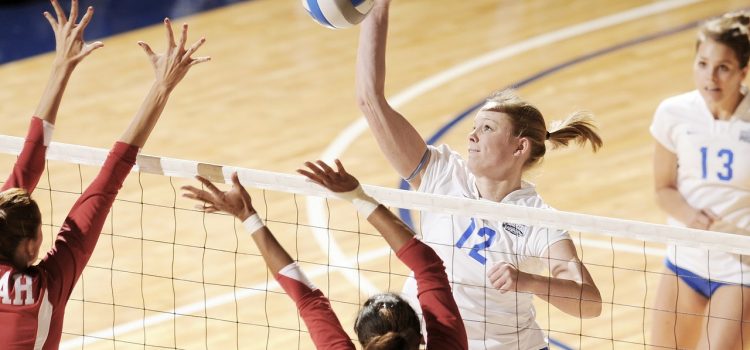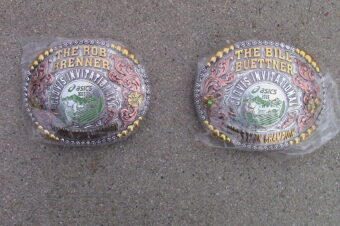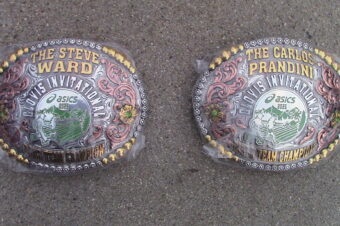

How To Master Your Volleyball Serve: Techniques To Be Powerful and Consistent
Uncategorized August 29, 2024 Lauren Keating 0

It’s time to serve up some tips for the upcoming indoor fall volleyball season. And we are talking all about how to master the serve—and being consistent when it come to serving. Nailing the serve each time is one of the most important skill sets volleyball players need. A good–and powerful—serve helps tot set the tone for every rally. A powerful and consistent serve can put your team in a strong position right from the start, applying pressure to the opponent and often leading to easy points.
It’s best not to set on one type of serve. Mastering different types of serves not only adds versatility to your game but also makes you a more formidable player on the court. Let’s explore three primary types of serves—float, jump, and topspin—and how to master each one for maximum impact.
1. The Float Serve
The float serve is known for its unpredictable path, which makes it difficult for opponents to pass accurately. With this serve, the volleyball travels with minimal spin. As a result, the seems to “float” and change direction suddenly.
Technique:
- Stance: Start with a balanced stance, feet shoulder-width apart, with your non-dominant foot slightly forward.
- Toss: Use your non-dominant hand to toss the ball straight up, slightly in front of your serving shoulder. The toss should be around 12-18 inches high.
- Contact: Strike the ball with a firm, open hand, contacting it in the center without follow-through to minimize spin. Your hand should be flat, and the arm swing should be short and quick.
- Aim: Focus on directing the serve to specific zones on the court to target weaker passers or force the receiver out of position.
Tips for Mastering This Serve:
- Consistent Toss: The toss is crucial for a consistent float serve. Practice your toss regularly to ensure it’s always in the same spot.
- Firm Contact: Make sure your contact is firm but not too hard. The goal is to send the ball over the net with little to no spin.
- Follow Through: Keep your follow-through minimal to maintain the floating effect.
2. The Jump Serve
The jump serve is a powerful serve that is much more aggressive than the float serve. It features tossing the ball high with the player jumping strong with explosive power.
Keep in mind that this serve is one of the most challenging to receive due to its speed and downward trajectory.
Technique:
- Stance and Approach: Start with a slightly staggered stance and use a three-step approach (left-right-left for right-handers).
- Toss: Toss the ball high and forward, about 2-3 feet above your head and slightly in front of your body. The toss should lead you into your jump.
- Jump and Contact: Jump explosively, reaching up to meet the ball at the peak of your jump. Contact the ball with a firm, open hand and a full arm swing, aiming to snap your wrist over the ball to create topspin.
- Follow Through: Finish with a strong follow-through to guide the ball downward into the opponent’s court.
Tips for Mastering This Serve:
- Timing: Perfecting the timing of your toss, jump, and contact is key. Practice your approach and timing consistently to develop a smooth, synchronized motion.
- Power and Spin: Focus on generating power from your legs and core. The topspin helps the ball drop quickly, making it harder for opponents to react.
- Control: Start by focusing on consistent tosses and controlled jumps before adding full power.

3. The Topspin Serve
The topspin serve is a powerful serve that is one of the best to work on when it comes to working on consistency. With this serve, the volleyball drops quickly into the court due to the topspin applied to the ball. It’s best to use when targeting deep areas of the court.
Technique:
- Stance: Stand with your feet shoulder-width apart, with your non-dominant foot slightly forward.
- Toss: Toss the ball slightly higher than the float serve, around 18-24 inches, and directly in front of your hitting shoulder.
- Contact: Strike the ball with the heel of your hand and snap your wrist to create topspin. Aim to contact the ball slightly above the center.
- Follow Through: Allow your hand to follow through fully, guiding the ball over the net with a downward trajectory.
Tips for Mastering This Serve:
- Consistent Toss: A consistent toss is crucial for generating effective topspin. Practice making your toss repeatable and in the correct position.
- Wrist Snap: Focus on snapping your wrist at the point of contact to impart maximum topspin.
- Aiming: Use the topspin to aim the ball deep into the opponent’s court, making it challenging to return.
Mastering the serve is an essential part of becoming a complete volleyball player. Whether it’s the unpredictable float serve, the powerful jump serve, or the trusted topspin serve, each type offers unique advantages that can keep your opponents guessing. By dedicating time to practice and refine these techniques, you can develop a powerful and consistent serve to help take your volleyball game to the next level.









No comments so far.
Be first to leave comment below.